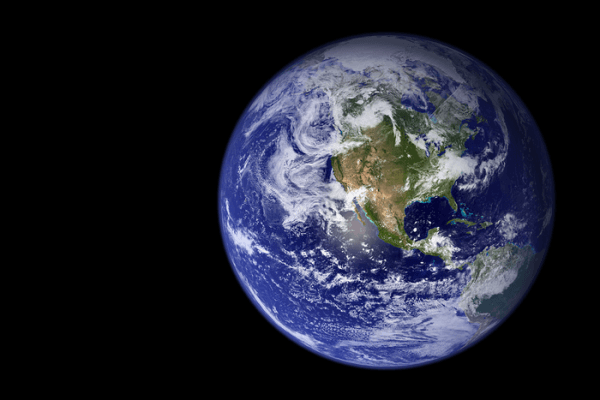In a new study published in the journal Communications, Earth & Environment, University of Montana researchers and colleagues explore how climate change could challenge efforts to protect biodiversity within the network of protected areas around the globe.
The team examined how potential shifts in ecoregions and biomes caused by climate change might change their representation within the global protected area network. They also considered the implications for conservation targets that call for 30% of Earth’s habitats to be formally protected by 2030.
“At its most basic level, this study attempts to understand what shifts in the distribution of the Earth’s ecoregions and biomes will mean for the capacity to conserve and protect biological diversity using protected areas,” said Solomon Dobrowski, the paper’s lead author and a professor of forest landscape ecology in the University’s W.A. Franke College of Forestry and Conservation.
Scientists have divided Earth’s terrestrial areas into roughly 800 ecoregions. An ecoregion is an ecosystem defined by distinctive geography and biota. These combinations of plants and animals act as surrogates for the planet’s biodiversity and provide a means for scientists, international organizations and countries to track whether protected areas represent the planet’s biodiversity.
Read more at University of Montana
Image: University of Montana research suggests climate change could complicate a plan to conserve 30% of the Earth by 2030. (Credit: NASA)


